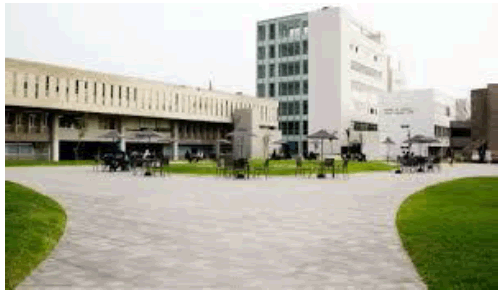Short Communication, Biomater Med Appl Vol: 4 Issue: 3
Antifungal Activity of Loaded Chitosan Nanoparticles with S-nitrosomercaptosuccinic acid against Candida sp.
Moron Atencio*Cayetano Heredia Peruvian University, Lima, Peru
Email: gabriela.moronae@upch.pe
Abstract
Candida sp species are fungal pathogens that affect patients with risk pathologies. Due to the change in their conventional drug susceptibility patterns, it is necessary to investigate therapeutic alternatives. It is proposed to evaluate the antifungal potential of nitric oxide (NO), by administering it in the donor s-nitrosomercaptosuccinic acid (MSA-NO), encapsulated in chitosan nanoparticles (Np) to improve its bioavailability and inhibit the growth of Candida albicans, glabrata, krusei and parapsilosis.
Methods: Three batches of nanoparticles loaded with mercaptosuccinic acid (MSA-Np) were synthesized by ionic gelation. The effective particle diameter and polydispersity index were analyzed by dynamic light scattering and encapsulation efficiency by the Ellman reaction. After adding NaNO2, MSA-NO Np. The minimum inhibitory concentration (MIC) against species of Candida sp. iwas determined by microdilution and the NO release profile was estimated by UV spectrophotometry.
Results: The MSA Np presented optimal values of effective particle diameter (241.69 ± 18.95 nm), polydispersity index (0.274 ± 0.015) and encapsulation efficiency (97.52 ± 0.07%). The MIC values of C. glabrata and C. albicans were 0.28 mg / mL and 2.25 mg / mL, respectively. The lowest CMI corresponded to C. krusei while C. albicans was the least susceptible to NO. The results did not vary significantly batch to batch.
Conclusions: A procedure of synthesis of MSA-NO Np with antifungal activity on Candida sp was validated. The antifungal potency varied according to the species. The chitosan of MSA-NO Np was useful as a polymer matrix for NO controlled release.

Biography
Gabriela Morón is a Pharmaceutical Chemistry graduated from the Faculty of Science of the Cayetano Heredia Peruvian University. He has won the Prize for Innovation in Pharmaceutical Technology awarded by the Association of National Pharmaceutical Industries from 2015 to 2016. Currently, he works in the Cosmetic Industry as Technical Director and is pursuing a specialization in Lean Six Sigma Black Belt by the University of the Pacific.
Speaker Publications
1. Development of pharmaceutical forms for topical and parenteral use to improve the biopharmaceutical properties of antimonial pentavalent compounds in the treatment of Leshmaniasis (Cutaneous and Visceral), Antimicrob Agents Chemother. 2016 May; 62(5): e02419-17.
2. Determination of the Antifungal Activity of Chitosan Nanoparticles Loaded with S-nitrosomercaptosuccinic Acid on C. albicans and C. glabrata. Journal of Nanomaterials & Molecular Nanotechnology, 2019
23rd World Nanotechnology Congress; Istanbul, Turkey - June 9-10, 2020.
Abstract Citation
Moron Atencio, Antifungal Activity of Loaded Chitosan Nanoparticles with S-nitrosomercaptosuccinic acid against Candida sp. Nanotechnology Congress 2020, 23rd World Nanotechnology Congress; Istanbul, Turkey - June 9-10, 2020. (https://nanotechnologycongress.conferenceseries.com/2020)
-
23rd World Nanotechnology Congress
Iatanbul, Turkey
 Spanish
Spanish  Chinese
Chinese  Russian
Russian  German
German  French
French  Japanese
Japanese  Portuguese
Portuguese  Hindi
Hindi 